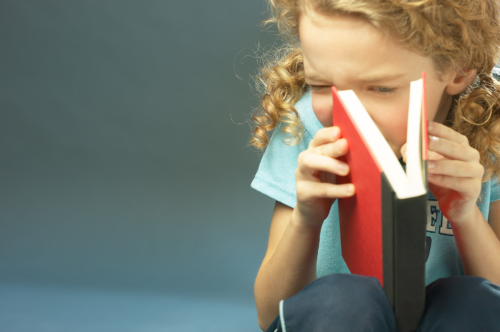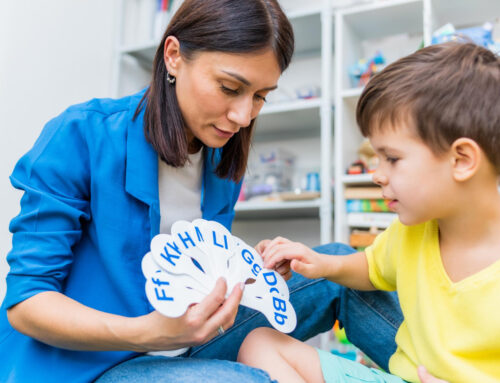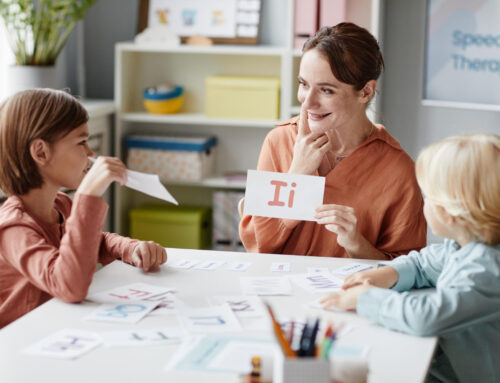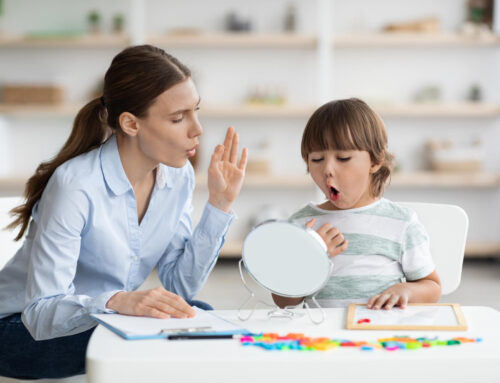
A long-standing activity that parents make daily efforts to participate in with their children is reading books with them. Why? It is because it provides obvious educational benefits that intensive research doesn’t have to tell us to make it true. Exposing children to reading activities at a young age encourages language and communication development. However, what else is reading with your child doing for them?
The New York Times published an article this year regarding a massive study with child participants and their parents. 675 families, which included parents of a child between the ages birth to 5 years old, participated in a randomized trial in which 225 of those families received intervention services from the Video Interaction Project (https://www.videointeractionproject.org/). The goal was to video record the parents reading and playing with their child and then working with an interventionist who would point out certain trends in the videos. This study was a follow-up of a study completed 2 years prior, which found that the children who participated in intervention had reduced aggressive and hyperactive behavior. 2 years later, this most recent study found that those behaviors stuck with them (2018, https://www.nytimes.com/2018/04/16/well/family/reading-aloud-to-young-children-has-benefits-for-behavior-and-attention.html).
What was so interesting about this study was the researchers’ assessment of the parents’ unique interactions with their child and how interactions shaped behavior. Examples included: using toys while reading, using silly and various voices to act out the reading material, relating characters to the child, explaining the book to kids, etc. Researchers noted the potential for children to better develop healthy social and emotional relationships through reading with parents.
So in simple terms, reading to your children can provide all sorts of developmental benefits if done in a positive way. Instead of droning out a book with stifled enthusiasm, consider what flare you as a parent could to the book:
- Incorporating toys or costumes: Act out characters in the book using your child’s favorite toys. Wear unique clothing items like hats, scarves, bandanas, sunglasses, etc. If the child is old enough and would like to give it a go, have them act out parts in unique attire.
- Taking your child through imaginative play: Make the book come to life for your child by acting out the story with them. You don’t have to go overboard with a formal stage. Use what you have in your own home. If the story is about saving the princess from an evil monster, act out the harrowing journey using the tools and toys within your house or out in your yard.
- Comparing characters to your child: Talk to your child about the characters in the book as if your child was able to meet them and get to know them. Would they be best friends? Would they be scared to approach them? Would they be just like you or your child? This opens up a social and emotional connection that drab reading from page to page would not.
- Discussing the book: Talk about the book with your child, during the story and after it ends. Ask your child if they had questions about the story and if there were parts that they did not quite understand.
- Guiding your child in reading portions of the book: If your child is approaching reading age, encourage your child to read some of the book with you. Be willing to sit down next to them and to guide them through the more complicated words and sentences.
Reading to your child does not have to be a burdensome chore, and you do not have to read to your child 24 hours per day to be a good parent. If you are not what you call a “reading kind of family”, incorporate reading in small chunks. Commit to reading one children’s book with your child once a week. Then, if you think you and your child can handle it, progress to reading one book per day at roughly the same time. There is no one size fits all when it comes to how often you should read with your child, so go with what works for you and your family.
References
Mendelsohn, A.L., Cates, B. C., Weisleder, A., Johnson, S.B., Seery, A.M., Canfield, C. F., Huberman, H.S., & Dreyer, B.P. (2018). Pediatrics, 141:5.





